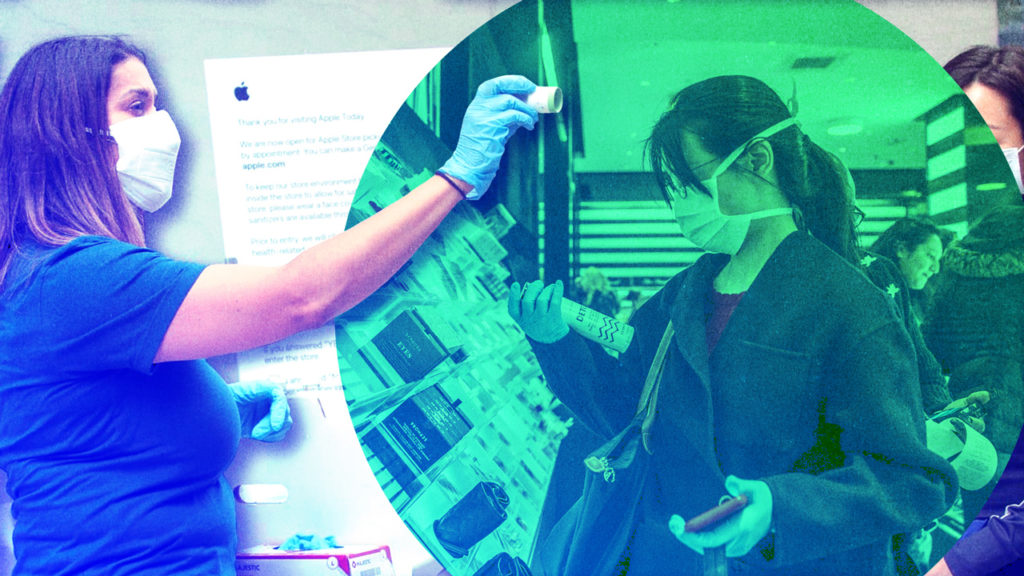As marketers continue to grapple with the pandemic, Mood Media has released some helpful findings about how consumer sentiment toward in-store shopping and spending habits have changed, based on a survey of over 8,000 consumers across the US, the UK, China and France.
The results of Mood Media’s survey show nearly half (49 percent) of consumers around the world are still nervous that in-store shopping will expose them to the virus, yet most have returned to non-essential stores. In fact, 71 percent of global consumers feel comfortable going back to physical stores as lockdowns continue to ease while 67 percent say they’ve started shopping for non-essentials in store.
That apprehension diminishes for countries in later stages of COVID-19 recovery like France and China. In the US, the number of people who have returned to non-essential in-store shopping amounts to 60 percent, whereas the figure is 50 percent for the UK, 77 percent in France and 81 percent for Chinese shoppers.
Brands have succeeded at implementing safety precautions as evidenced by consumers’ responses—80 percent of consumers globally feel reassured by new safety measures they see and hear in store. Despite this, many feel that COVID-19 has dramatically changed the shopping experience. Of those who’ve shopped in a physical store since the pandemic started, 65 percent of US shoppers describe the customer experience as “not the same” and 23 percent feel it’s so different that they’ll try avoiding a trip to the store soon.
The pandemic has transformed consumers into “mission shoppers” focused on getting in and out of the store as quickly as possible. As a result, people are spending less money per visit. Among those who say they feel comfortable returning to physical stores, 28 percent of US respondents reported spending less money and less time shopping. Just 20 percent of US shoppers are spending more money and less time in-store shopping than pre-pandemic.
Looking ahead, only 22 percent of US consumers expect their shopping habits to rebound by the end of 2020, while 24 percent don’t expect their in-store shopping habits to fully resume until the summer of 2021.
